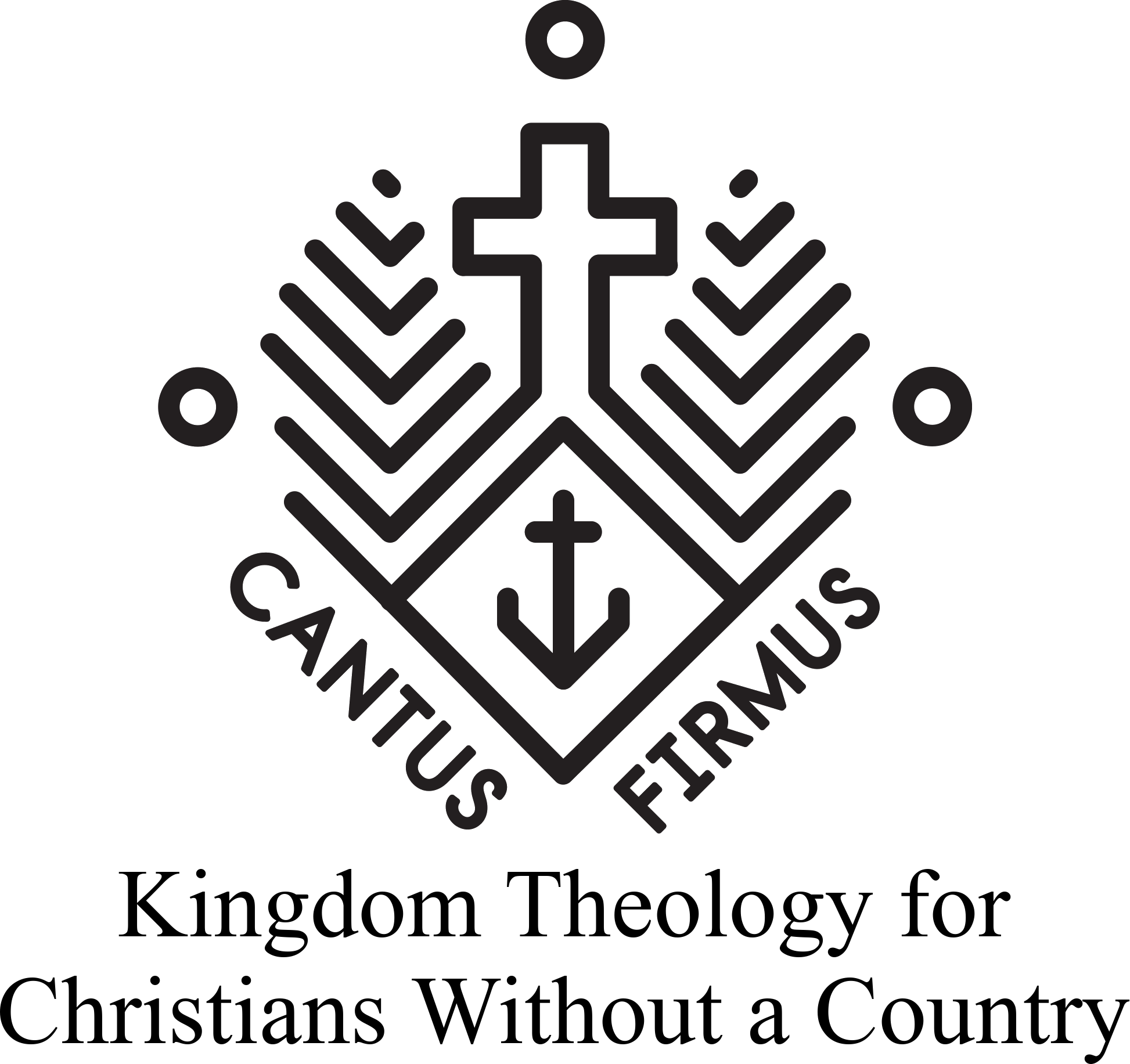This is the first in a series on critical biblical scholarship. For more, follow the RELATED links on each article.
Origin and Development of the Documentary Hypothesis
In the field of Old Testament studies, and particularly in the Torah (which are the first five books of the Bible traditionally attributed to Moses), the model which has been perhaps the most influential for critical scholarship (those who tend to treat the Bible more skeptically) is called the documentary hypothesis. The documentary hypothesis asserts that the Torah contains multiple written sources with different perspectives on God which were later edited together into the form that we find them now. This article will discuss the hypothesis’ origins and history; the next one will focus on some of its problems.
RELATED: PODCAST: A PRIEST AND A DEUTERONOMIST WALK INTO A BAR – THE DOCUMENTARY HYPOTHESIS
The roots of the documentary hypothesis are in an 18th century French scholar named Jean Astruc. Astruc suggested that different divine names in Genesis 1 and 2 (Elohim in 1 and YHWH Elohim in 2) suggested two different sources. This was later applied to the rest of Genesis and part of Exodus by a scholar named Johann Eichhorn. These two alleged sources—J for Jehovah (a poor translation of the Hebrew divine name YHWH) and E for Elohim—were seen as the backbone of the historical sections of the Torah. In addition to parceling out texts on the basis of divine names, these scholars also pointed to doublets in the text—repetitions of the same material—as suggesting two different sources being placed together.
19th century scholar Wilhelm De Wette then suggested a third source called D for Deuteronomy which he contended was manufactured by King Josiah and the high priest Hilkiah in the 7th century B.C.–a more conspiratorial reading of 2 Kings 22 where we read about Hilkiah finding the forgotten Law of Moses in the temple and sparking a revival in Jewish piety.
Instead of simply finding the law, De Wette suggested that these authorities wrote it themselves, emphasizing the temple in Jerusalem as central to Jewish worship for their own benefit. For those familiar with the popular “Bush did 9/11” meme, De Wette, if he were alive today, might have invented “Josiah did Deuteronomy.”
Hermann Hupfield split the alleged E source into two, creating a fourth source called P which is short for the Priestly author. This created the standard fourfold division of the documentary hypothesis, though Hupfield’s chronological order of PEJD differed from the now standard order of JEDP.
The order of JEDP would be suggested by a German scholar whose name is most closely associated with the hypothesis named Julius Wellhausen. His assumption that the priestly source was last is shared by contemporary documentary hypothesis advocates, though not his (now largely viewed as antisemitic) rationale that it came last because Jewish religion had devolved into obsessing with the sacrificial system prior to the coming of Christ, a problem which Christianity resolved. A lecture from Dr. Christine Hayes of Yale (see https://www.youtube.com/watch?v=Zy5ue0QPUOo) criticized this perceived anti-semitism of Wellhausen as a product of its time, though she seemed to think that modern scholars can use the documentary hypothesis without the bias of those in previous generations.
At this stage of the documentary hypothesis, J is dated to 850 B.C. in the Southern Kingdom and it is argued that it describes God more anthropomorphically. E is dated to 750 in the Northern Kingdom and it is argued that it sees God as more distant. D is dated to around 621 B.C. and supposedly centralized Israelite worship in Jerusalem. Finally, P reflects the concerns of a later priestly class.
Now, if that sounds like a messy backstory, I really only gave the broadest strokes. There are so many reversals and variations that it would be very tedious to get into all of them. In the next post, we’ll get into some of the problems with the documentary hypothesis.
NEXT: CRITICAL BIBLICAL SCHOLARSHIP PART 2 – PROBLEMS WITH THE DOCUMENTARY HYPOTHESIS
